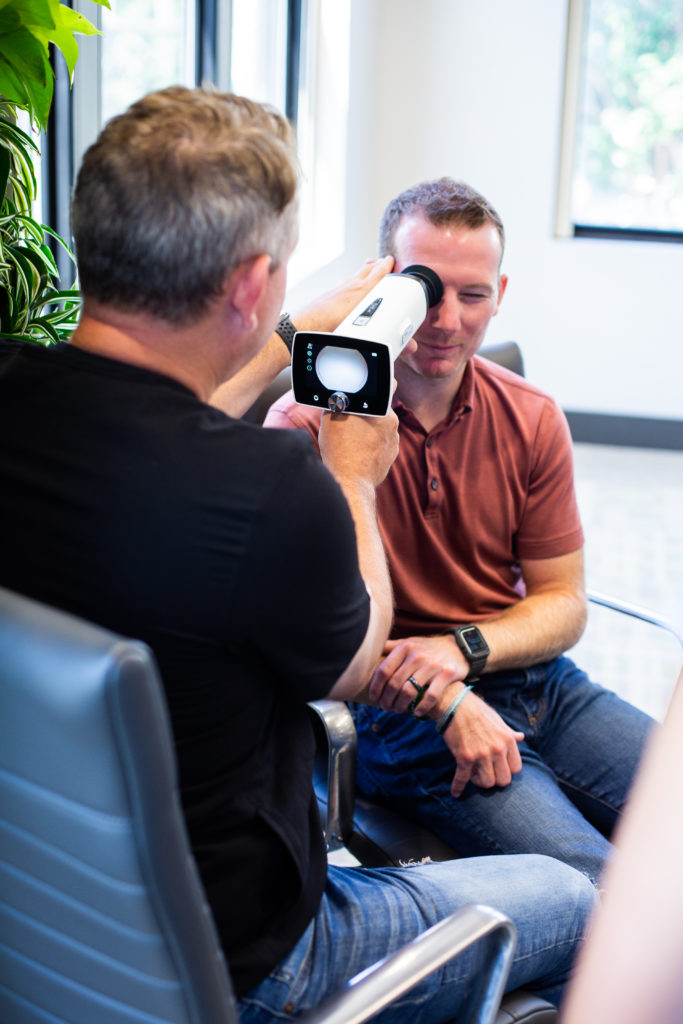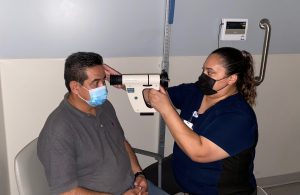Improving Diabetic Patient Care Across Different Healthcare Departments

People who have no personal experience with diabetes often underestimate how much it affects the daily lives of individuals diagnosed with it. There are a myriad of conditions about which a diabetic patient has to be vigilant, in addition to constantly monitoring their blood sugar, or insulin.
Luckily, there are plenty of resources available for those seeking diabetic treatment and symptom mitigation. The combination of all the necessary components of effective diabetes treatment is called a ‘diabetic patient care plan’.
While the healthcare system continues to do the best it can to construct these diabetic patient care plans in the most effective ways possible, there is always room to improve the administration of diabetic treatment and care.
Table of Contents
- What Does a Diabetic Patient Care Plan Entail?
- Common Issues in Diabetic Patient Care Plans
- Diabetic Technologies in Healthcare
- Diabetic Care in Different Health Departments and Locations
What Does a Diabetic Patient Care Plan Entail?
A diabetic patient care plan includes:
- The management of blood sugar
The most important and most well-known part of living with diabetes is handled primarily by diabetic patients in their day-to-day routine, but the doctors and nurses involved in a diabetic patient care plan are also very aware of a patient’s blood sugar levels.
Furthermore, healthcare workers help diabetic patients maintain a healthy eating and exercising plan in order to help manage blood sugar levels naturally as much as possible.
- The protection of heart health
Cardiovascular disease, or issues with heart and blood vessels, is a very common condition for people with diabetes. In order to protect their patients from heart attacks and strokes, primary caregivers administer blood pressure tests every visit, and cholesterol blood tests every year.
- The protection of kidney health
Chronic kidney disease is primarily caused by diabetes. Thus, providers monitor patients for poor kidney function so as to prevent progression to kidney failure.
To do this, caregivers administer ACR urine tests and eGFR blood tests on a yearly basis to ensure optimal kidney fuction.
- Annual diabetic eye exam
Diabetic eye care is of the utmost importance when it comes to executing an effective diabetic patient care plan. Diabetes can affect the pressure in the blood vessels in the back of the eyes (the retina). This condition is called retinopathy, and it can eventually cause blindness in patients if not caught and treated early.

Credit: aoa.org
- Annual diabetic foot exam
Diabetes can cause poor blood circulation to the feet, leading to problems such as infection, injury, and alterations in bone density. Annual foot exams help catch some of these conditions before they reach a point where the patient is in danger of amputation.
Primary care doctors perform an annual exam that checks for a pulse in your feet as well as verifies that there aren’t any changes in feeling or reflex.
- Staying up to date with immunizations
Diabetes can lower a body’s ability to fight infection. Thus, it is of utmost importance that diabetic patients stay up to date with their vaccinations, specifically hepatitis, the flu, and pneumonia, as well as possibly vaccines to protect against tetanus, shingles, and other diseases.
- Dentist visits every six months
Individuals with diabetes are at a higher risk of developing issues like periodontal, or tooth and gum, diseases. Patients with diabetes should be vigilant about visiting their dentist every six months for a cleaning.
What are Common Issues in Diabetic Patient Care Plans?
One of the biggest challenges with effectively executing diabetic patient care plans is how many components there are to ensure the total care of the patient. Many diabetics lack access to resources or don’t have the time needed to attend multiple appointments. In fact, at least three out of four individuals with diabetes do not have adequate control of blood glucose, blood pressure, blood cholesterol, and smoking in order to reduce their risk of serious complications. Furthermore, according to a JAMA Internal Medicine report, there has been no significant improvement in the diagnosis/treatment of diabetes from 2005-2016. This disease is not becoming less prevalent anytime soon. But what if patients had to take less steps in order to receive the adequate care needed to optimize their health?
Combining preventative diabetic retinal screenings with regular check-up appointments is an effective way to further foster a well-rounded diabetic patient care plan. Read more about the benefits of preventative diabetic eye care here.
How Can Diabetic Technologies be Leveraged in Healthcare?
There are a variety of diabetic technologies that can be implemented and used in healthcare systems to make holistic diabetic care a more achievable reality for more individuals struggling with chronic conditions.
For example, to make effective diabetic eye care more achievable, IRIS has created a technology that allows diabetic retinal screenings to occur in a variety of medical settings. Settings can span from the implementation of quick and accurate diabetic eye screenings in multiple primary care locations within the same healthcare system, to offering better diabetic screening capabilities in different departments, like the endocrinology and cardiology units, within the same hospital system.
The ability to quickly screen for diabetic retinopathy at a variety of points-of-care benefits providers and diabetic patients alike. To ensure this availability, IRIS works with a variety of client types including primary care entities, employee health services, HRAs, home health care agencies, retail, and more, dramatically increasing ease and access to diabetic eye screenings for all types of organizations.
Diabetic retinal screenings are an essential part of ensuring diabetic patients don’t go blind because of diabetes, and IRIS is a simple solution to help make testing more available to patients, and has already made an impact on many healthcare entities. Read about CommUnityCare’s experience with implementing the IRIS Solution here.

CommUnity Care IRIS Use
Key CommUnity Care Performance Metrics
18.6K+ 3.3K+ 2.5K+
New eye exams in 2 years Exams safely performed since COVID-19 New cases of sight-threatening illness detected
If your organization is looking for more ways to fight diabetes and the health issues it causes, learn more about implementing IRIS today.
Diabetic Care that Spans Across Different Health Departments and Locations
When it comes to the IRIS solution, the fact of the matter is that any healthcare provider that treats diabetic patients can benefit from implementing diabetic retinal screenings into their practice. Our technology is simple to use and integrating it into a workflow is beneficial for both the organization and its patients.
Read about how our solution helped St. Elizabeth’s diabetic population, and how IRIS changed Gateway Medical’s diabetic patient care plans here.
Interested in a demo? Click here to schedule one.
SM 115 Rev A
Get started with IRIS today.
Want to know if IRIS is right for you? Schedule a one-on-one consultation with our team. We’re here to help.